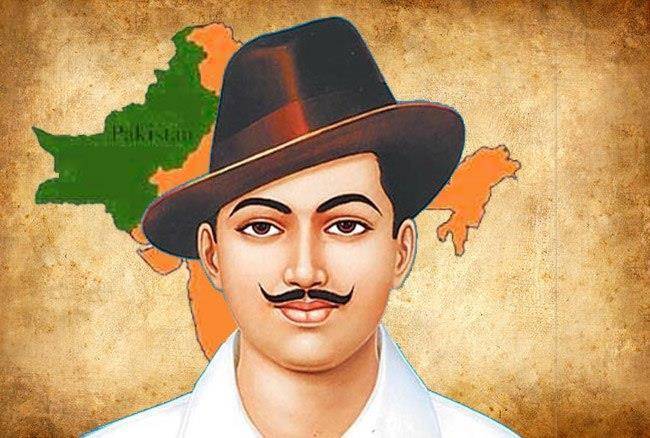
Freedom fighter Bhagat Singh was born in Lyallpur, Punjab, India (now Pakistan), on September 27, 1907, to a Sikh family deeply involved in political activities. Following the footsteps of his father, he chose the path of political defiance against British rule. Bhagat Singh is considered to be one of the most influential revolutionaries of Indian Nationalist Movement. For his courageous demonstrations and bold political views, he was jailed several times. In 1926, Bhagat Singh founded the 'Naujavan Bharat Sabha (Youth Society of India) and joined the Hindustan Republican Association (later known as Hindustan Socialist Republican Association).
Bhagat Singh started writing provocative articles against the British Government, printing and distributing pamphlets to encourage violent uprising, as a way of overthrowing the tyrant government. Considering his influence on the youth, and his association with the Akali movement, he became a person of interest for the government.
On 30 October 1928, Lala Lajpat Rai led an all-parties procession and marched towards the Lahore railway station to protest against the arrival of the Simon Commission. The police resorted to a brutal lathi charge to control the protesters. The confrontation left Lala Lajpat Rai with severe injuries and he died on November17, 1928. Bhagat Singh made efforts to avenge his friend Lala Lajpat Rai that got him into further troubles along with the Central Legislative Assembly bombing case.
Eventually, Singh and his fellows were tried and sentenced to death. He was executed on March 23, 1931. While his supporters considered him a martyr, Gandhians felt that he was too radical and extremist. Nonetheless, Singh remains a significant, though controversial, figure in India’s history.
Bhagat Singh’s struggle for the national cause has been celebrated not only in books and essays but can also be felt through the popularity of the films and theatrical adaptations on his life. Several films like “Shaheed” (1965) and “The Legend of Bhagat Singh” (2002) were made on the life of 23-year old revolutionary. Popular songs like the “Mohe rang de basanti chola” and “Sarfaroshi ki Tamanna” associated with Bhagat Singh are still relevant in inspiring patriotic emotions.
In honour of the 87th death anniversary of revolutionary hero and freedom fighter, Bhagat Singh, the Government of Punjab in collaboration with the Punjab Archives and National College of Arts, was honoured in a national exhibition which was first of its own kind on 26th March 2018. Below are some selected documents from this exhibition which are part of the Punjab Archives collection.
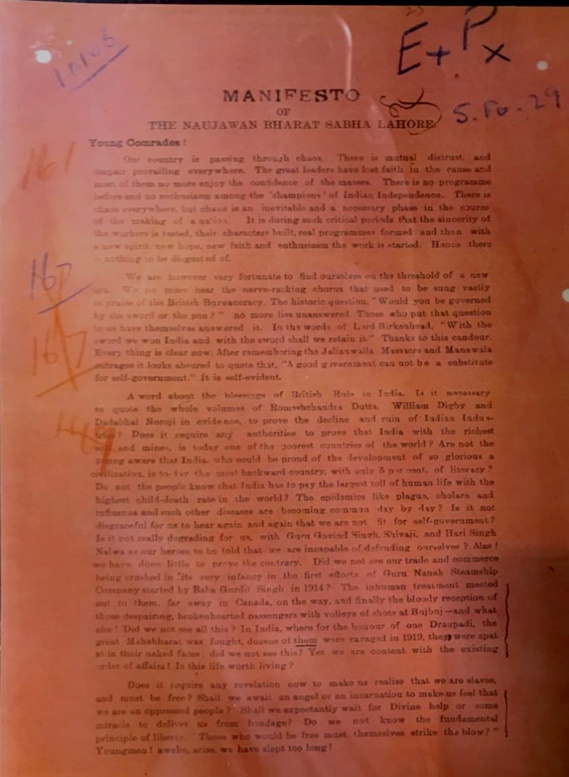
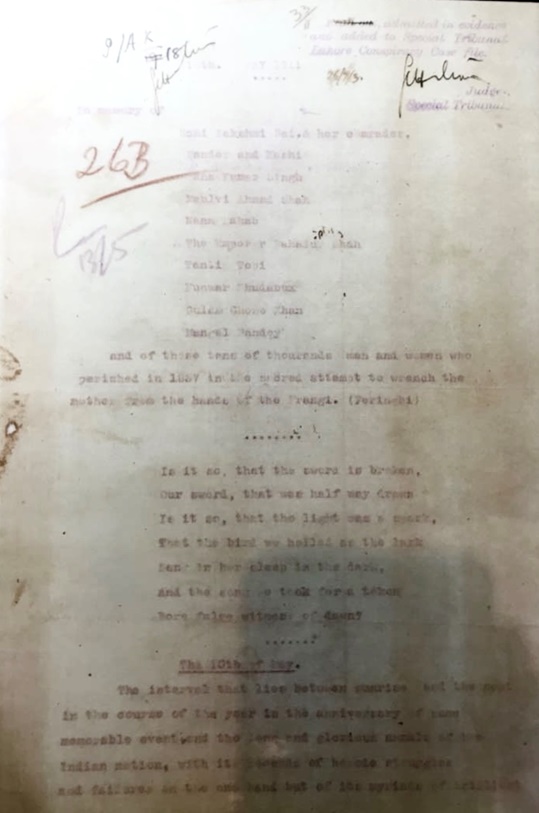

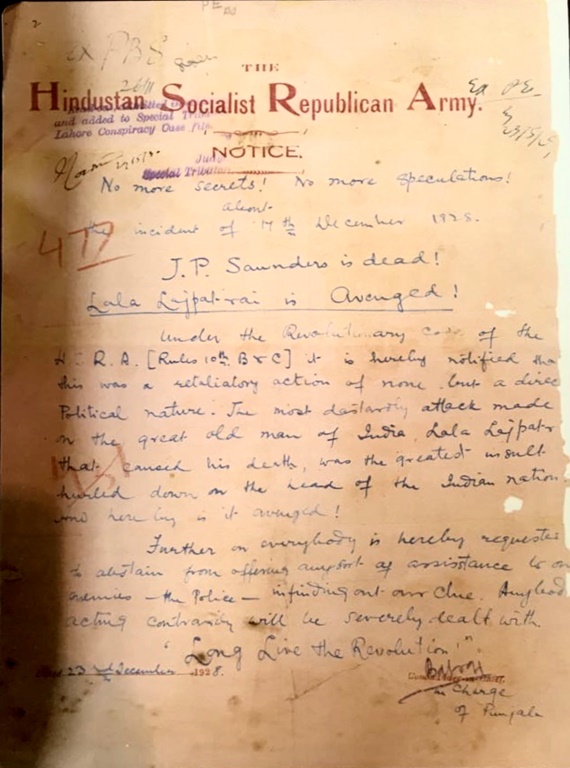
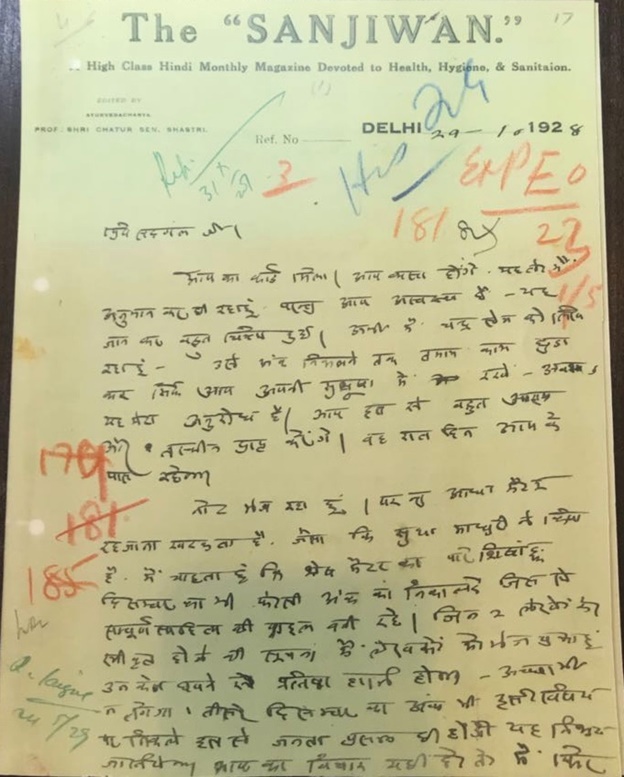
Bhagat Singh started writing provocative articles against the British Government, printing and distributing pamphlets to encourage violent uprising, as a way of overthrowing the tyrant government. Considering his influence on the youth, and his association with the Akali movement, he became a person of interest for the government.
On 30 October 1928, Lala Lajpat Rai led an all-parties procession and marched towards the Lahore railway station to protest against the arrival of the Simon Commission. The police resorted to a brutal lathi charge to control the protesters. The confrontation left Lala Lajpat Rai with severe injuries and he died on November17, 1928. Bhagat Singh made efforts to avenge his friend Lala Lajpat Rai that got him into further troubles along with the Central Legislative Assembly bombing case.
Eventually, Singh and his fellows were tried and sentenced to death. He was executed on March 23, 1931. While his supporters considered him a martyr, Gandhians felt that he was too radical and extremist. Nonetheless, Singh remains a significant, though controversial, figure in India’s history.
Bhagat Singh’s struggle for the national cause has been celebrated not only in books and essays but can also be felt through the popularity of the films and theatrical adaptations on his life. Several films like “Shaheed” (1965) and “The Legend of Bhagat Singh” (2002) were made on the life of 23-year old revolutionary. Popular songs like the “Mohe rang de basanti chola” and “Sarfaroshi ki Tamanna” associated with Bhagat Singh are still relevant in inspiring patriotic emotions.
In honour of the 87th death anniversary of revolutionary hero and freedom fighter, Bhagat Singh, the Government of Punjab in collaboration with the Punjab Archives and National College of Arts, was honoured in a national exhibition which was first of its own kind on 26th March 2018. Below are some selected documents from this exhibition which are part of the Punjab Archives collection.

Young Comrades Manifesto

Pamphlet in the memory of ‘Indian Heroes, Men and Women’ who perished in the war of 1857.

Red poster of “The Hindustan Socialist Republican Army”. Notice states ‘It takes a loud voice to make the deaf hear’, by Balraj. The Commands-in-Chief. Dated 08-05-29

Poster of “Hindustan Socialist Republican Army” states that ‘No more secrets! No more speculations! About the incident of 17th December, 1928 J.P. Saunders is dead! Lala Lajpat is avenged!

Letter of Prof. Shri Chatur Sen Shastri, Editor the “Sanjiwan, Hindi Monthly Magazine, Delhi”
